Where Tenons Meet, Box-Joint Fingers Add Strength
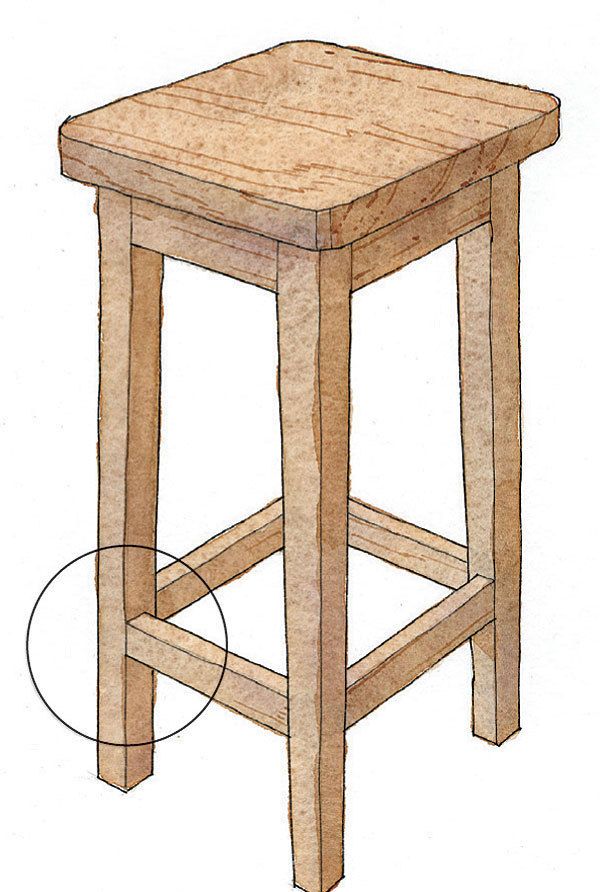
Chair and stool joinery is tricky because the parts are narrow yet subjected to great racking forces. One problem area is where rails or stretchers intersect a leg at the same point. The mortise-and-tenon joints lose some strength because one or both tenons must be cut shorter to accommodate the other. You can miter the tenon ends, but on very narrow legs, a stronger solution is the inside box joint.
This is done by making both tenons full length and then cutting box-joint fingers on their ends.
To make the joint, first cut the mortises and the tenons to fit the full depth of the mortise. Now mark the depth of the box joint by inserting each tenon in the mortise and marking it from the open mortise.
Remove the tenons from the leg, butt them together, and then mark alternate fingers for the box joint. Finally, cut the fingers and remove the waste with a mortising bit or tablesaw box-joint jig.
When gluing up, it’s best to do all four legs at the same time, so you need to work quickly or use slow-setting glue. The fingers add extra long-grain glue joints and significant strength. Now you won’t need to worry that the joint will crack, even when your heaviest friend rocks back on the chair.
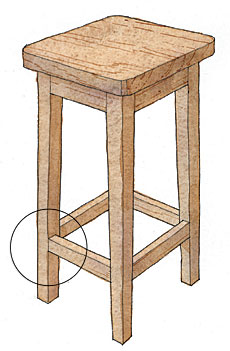
Jim Richey
Fine Woodworking Recommended Products

Woodriver Rechargeable Desiccant Bag

WoodRiver Router Bit Storage Case
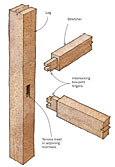


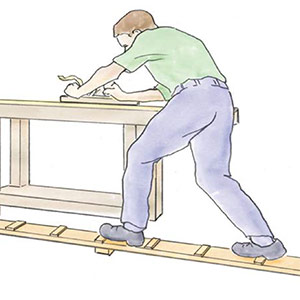
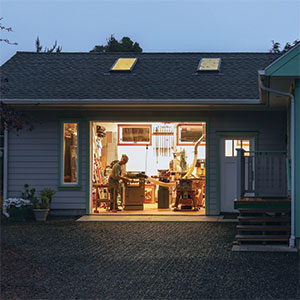
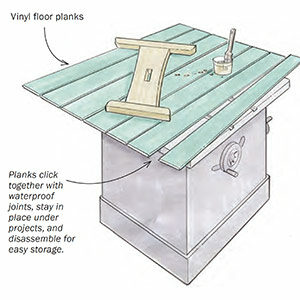
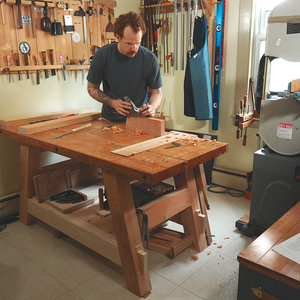















Log in or create an account to post a comment.
Sign up Log in